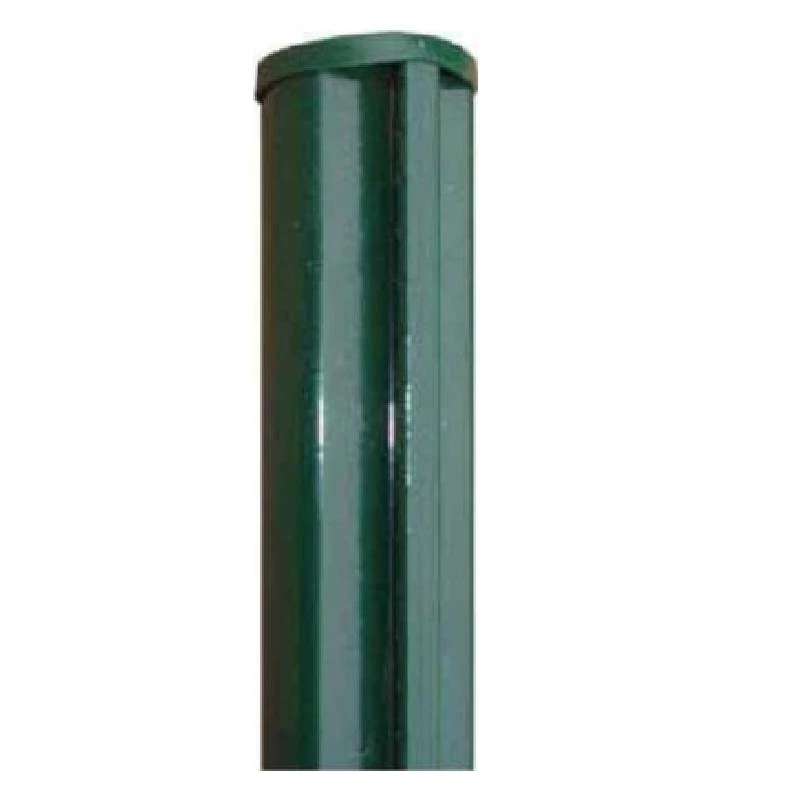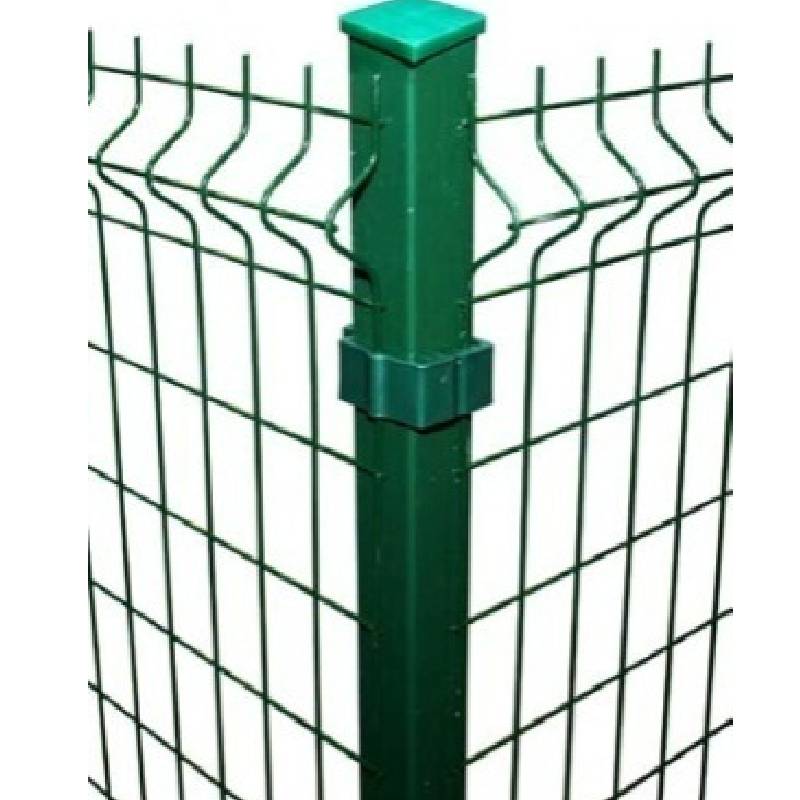-
Електронна пошта:zhao@hyliec.cn
-
тел.:+86 311 85273988
-
WhatsAPP:8613931128750
-
 африканський
африканський -
 албанець
албанець -
 амхарська
амхарська -
 арабська
арабська -
 вірменський
вірменський -
 Азербайджанський
Азербайджанський -
 Баскська
Баскська -
 білоруська
білоруська -
 Бенгальська
Бенгальська -
 боснійський
боснійський -
 Болгарська
Болгарська -
 каталонська
каталонська -
 Себуано
Себуано -
 Корсиканець
Корсиканець -
 Хорватська
Хорватська -
 чеська
чеська -
 датська
датська -
 голландська
голландська -
 англійська
англійська -
 Есперанто
Есперанто -
 Естонська
Естонська -
 фінська
фінська -
 французька
французька -
 фризька
фризька -
 Галицький
Галицький -
 грузинський
грузинський -
 Німецький
Німецький -
 грецька
грецька -
 Гуджараті
Гуджараті -
 Гаїтянська креольська
Гаїтянська креольська -
 хауса
хауса -
 гавайський
гавайський -
 іврит
іврит -
 ні
ні -
 Мяо
Мяо -
 угорська
угорська -
 ісландська
ісландська -
 ігбо
ігбо -
 індонезійська
індонезійська -
 ірландський
ірландський -
 італійська
італійська -
 Японський
Японський -
 яванський
яванський -
 каннада
каннада -
 казахська
казахська -
 кхмерська
кхмерська -
 Руанда
Руанда -
 корейська
корейська -
 курдська
курдська -
 киргизький
киргизький -
 туберкульоз
туберкульоз -
 латинь
латинь -
 латиська
латиська -
 литовський
литовський -
 люксембурзький
люксембурзький -
 македонська
македонська -
 Малгаші
Малгаші -
 малайська
малайська -
 малаялам
малаялам -
 мальтійська
мальтійська -
 Маорі
Маорі -
 маратхі
маратхі -
 монгольська
монгольська -
 М'янма
М'янма -
 Непальська
Непальська -
 норвезька
норвезька -
 норвезька
норвезька -
 Окситанська
Окситанська -
 пушту
пушту -
 перська
перська -
 польський
польський -
 португальська
португальська -
 Пенджабі
Пенджабі -
 румунська
румунська -
 російський
російський -
 Самоанська
Самоанська -
 Шотландська гельська
Шотландська гельська -
 сербська
сербська -
 англійська
англійська -
 Шона
Шона -
 Сіндхі
Сіндхі -
 сингальська
сингальська -
 словацький
словацький -
 словенська
словенська -
 сомалі
сомалі -
 Іспанська
Іспанська -
 Сунданська
Сунданська -
 Суахілі
Суахілі -
 шведська
шведська -
 тагальська
тагальська -
 таджицька
таджицька -
 тамільська
тамільська -
 татарський
татарський -
 Телугу
Телугу -
 тайська
тайська -
 турецька
турецька -
 туркменський
туркменський -
 українська
українська -
 урду
урду -
 уйгурський
уйгурський -
 узбецький
узбецький -
 в'єтнамська
в'єтнамська -
 Валлійська
Валлійська -
 Довідка
Довідка -
 ідиш
ідиш -
 йоруба
йоруба -
 Зулу
Зулу
Огороджувальний стовп
What Type Of Fence Post Is Best?
The best type of fence post depends on various factors such as the type of fence, local climate, soil conditions, and personal preferences. Common options for fence posts include:
1. Round steel posts: Round steel posts are a traditional and versatile choice, suitable for various fence types. They can be treated to resist rot and decay, but may require maintenance over time.
2. Square steel posts and rabbet posts offer durability and strength, making them suitable for supporting heavy or high-security fences. They are resistant to rot and insect damage.
3. Steel round posts/ square posts/ rabbet with base plate: They are suitable to install on the concrete ground, and fixed by concrete nails.
What Size Is A Fence Post?
Fence posts come in various sizes, typically having Φ32 Φ34 Φ38 Φ48 Φ60 Φ80 for round steel posts and 40x40 60x60 40x60 60x60 80x80 100x100 etc for square tube posts in dimension. The specific size of a fence post depends on the type of fence being installed, the height and weight of the fence panels, and the local building codes or regulations. It's important to select the appropriate size of fence post to ensure stability and structural integrity for the specific fencing project. Consulting with a professional or referring to local building codes can provide guidance on the recommended size of fence posts for a particular application.
Fence Post FAQ:
What type of fence post is best?
The best type of fence post depends on various factors such as the type of fence, local climate, soil conditions, and personal preferences. Common options for fence posts include round steel posts, square steel posts and rabbet steel posts, posts with base plate or without base plate. Each type has its own advantages and considerations, so it's important to choose the most suitable option based on the specific requirements of the fence project.
What size is a fence post?
Fence posts come in various sizes, typically typically having Φ32 Φ34 Φ38 Φ48 Φ60 Φ80 for round steel posts and 40x40 60x60 40x60 60x60 80x80 100x100 etc for square tube posts in dimension. The specific size of a fence post depends on the type of fence being installed, the height and weight of the fence panels, and local building codes or regulations. It's important to select the appropriate size of fence post to ensure stability and structural integrity for the specific fencing project.
How to install a panel fence?
Paneling a fence involves several steps, including measuring and planning, installing the posts, attaching the panels, adding finishing touches, and performing regular maintenance. It's important to follow the manufacturer's instructions and local building codes when paneling a fence to ensure proper installation and compliance with regulations. If in doubt, it's advisable to consult with a professional or seek guidance from experienced individuals.






